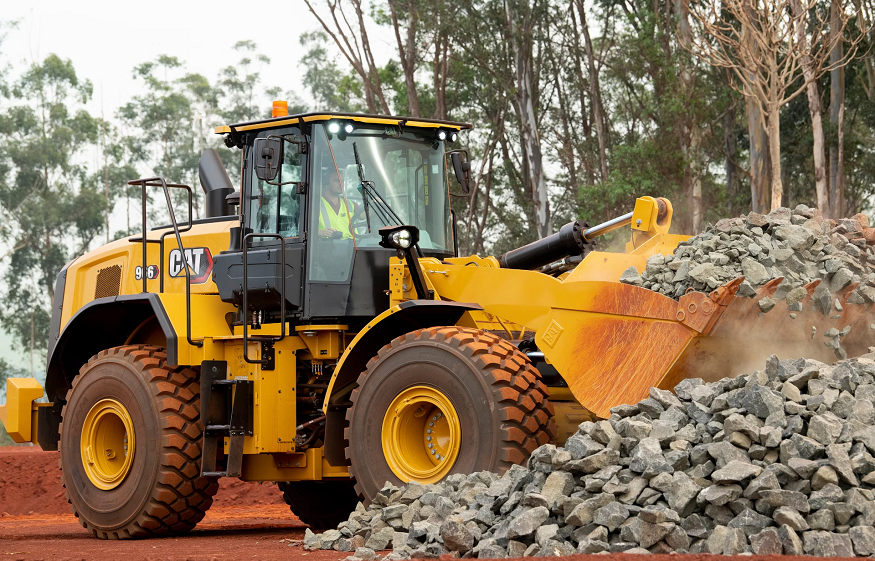Loaders are heavy equipment used primarily for loading materials into trucks, laying pipes, clearing rubble, and digging. They are also helpful for transporting bales of hay or other bulky material using specialized attachments.
Lifting a load’s center of gravity (CoG) location is critical to stability and safety. Knowledge of COG can help you avoid back injuries and other work-related incidents.
Backhoe Loader
Backhoe loaders are one of the most versatile types of loaders. They are capable of digging, trenching, back-filling, and material handling. They are often used in general construction, excavations and demolitions, landscaping, and breaking asphalt and pavement.
It is essential to choose the right type of backhoe for your needs. Look for a backhoe with adjustable controls, a comfortable cab, and a wide range of attachments that fit your needs. When choosing a loader, it is also essential to consider its size and power options.
Whether to buy or rent a loader is another crucial decision regarding how often you will use it. In recent years, smaller compact tractors have been popular with private homeowners for their ability to perform minor excavation projects.
Skid Steer Loader
One of the most popular types of loaders you will find on construction sites, skid steer loaders (SSLs) are a go-to piece of equipment for earthmoving projects like digging holes and trenches, loading hoppers, and clearing snow. They can also be fitted with various attachments for farming and agriculture, such as tilling the soil and moving hay bales.
Consider lift height, bucket capacity, and ground pressure when shopping for a new SSL. If you work in confined areas with limited backroom, a pirouetting skid steer might make the most sense. However, if you plan to do more scoop-and-load jobs and need greater lift height, a compact wheel loader (CWL) may be better suited.
CWLs offer hydraulic power, which enables them to perform a broader range of loader functions than SSLs can. They also move faster than SSLs and have a higher ground pressure, so they are the preferred loader for applications where you must travel quickly on rough or uneven terrain.
Wheel Loader
Loaders are one of the most valuable pieces of equipment on construction sites. They can haul various materials, including dirt, rock, debris, and demolition. They can be used alone or with various attachments that focus on pushing, lifting, or sweeping objects in front of the machine.
Loaders are available in four sizes: small, compact, medium, and large. They are also highly maneuverable thanks to their wheels and articulating bodies, making them great for job sites with many different terrains.
Companies like Bobcat, Caterpillar, and Yanmar produce leaders in several sizes. Whether you are looking for a small articulated wheel loader or a larger model, it is essential to consider their differences. To learn more about what is suitable for your team, talk with an experienced dealer. They can help you select the best equipment for your project based on features like bucket capacity and horsepower. They can also provide tips on maintaining your equipment for optimal performance.
Track Loader
Track loaders are the perfect solution for construction and landscape projects requiring muddy or slippery work conditions. While skid steers may struggle with these types of terrain, compact track loaders (also known as rubber-tracked loaders) can easily maneuver due to their tracks that provide enhanced traction and stability.
Like skid steers, these rugged machines are used for many applications, including land clearing, digging, grading, truck loading, slope work, and more. When shopping for a CTL, it is essential to consider ROC, engine power, and lift height.
A CTL should also have enough ground pressure to compact dirt when necessary but will not pack the soil as tightly as a bulldozer or excavator. This is especially true if the project requires soil compaction before pouring asphalt or other pavement. Choosing the right equipment for your job site is one of the most crucial decisions. It can be the difference between a project completed on time and a delayed one.

